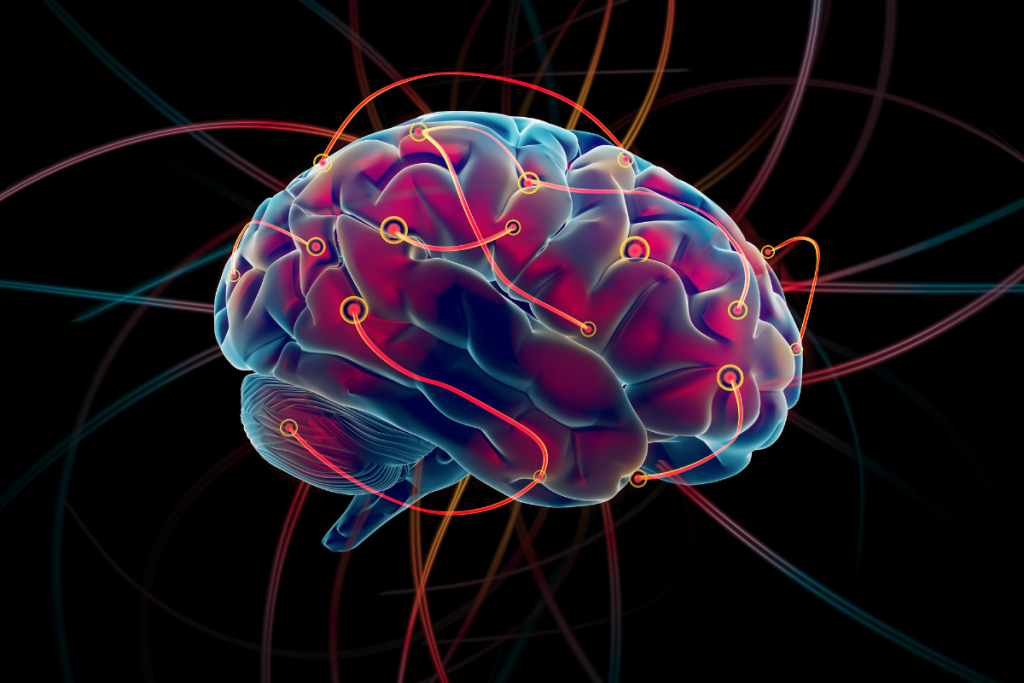
To rapidly initiate an appropriate ‘fight-or-flight’ response, an organism must be prepared to interact with potential hazards. This study explores the role of the medial prefrontal cortex (mPFC) in spatial navigation. It is a cognitive function closely linked to the hippocampus. It is unclear how the prefrontal cortex promotes goal-directed spatial action, while the hippocampus uses cells to encode spatial information, particularly in the context of how early and late immune responses cooperate to eliminate pathogens and preserve host tissue integrity.
There has been no definitive evidence that the biological and behavioural immune systems work together to predict a coordinated response to a potential infection. The Swiss Ethics Committee approved this trial, which was carried out in compliance with the 1964 Declaration of Helsinki. A total of 248 participants were enrolled in the study across five experimental conditions, which assessed behaviour, electroencephalography (EEG), immunological response, functional magnetic resonance imaging (fMRI), and attitude toward avatars. There was no significant difference in the sensitivity and anxiety levels observed among the three experimental cohorts in any of the tests.
The participant management program ‘Sona-Systems’ was used to recruit each participant for a specific trial. During 8:30 a.m. to 12:30 p.m., the experiment was conducted at the same time for every participant. Every visual stimulus consisted of virtual faces, either male or female, which were matched to the participants’ sex and displayed a range of facial expressions. An initial pool of 22 virtual faces, including 11 men and 11 women, each showing symptoms of illness, was used to validate infectious avatars.
Participants received tactile stimulation using two cylindrical mechanical vibrators attached to their cheeks. Non-magnetic resonance-compatible mechanical vibrators were replaced with a magnetic resonance-compatible pneumatic stimulator for the fMRI experiment. A proxy degree of peri-personal space (PPS) was derived by recording reaction time (RT) in response to touch across trials, with visual stimuli presented at varying distances from the subject. The Fieldtrip toolbox was employed to perform cluster-based and non-parametric statistical techniques, which were used to identify differences between tactile (T) and visuo-tactile (VT) conditions.
The most significant changes in global field power (GFP) within each relevant time frame were presented along with the temporal differences in the projected current distribution. The immunologists who examined blood samples were not informed of the participant cohort assignment to ensure analytical blindness in comparing the infection with neutral circumstances. Dynamic causal modelling (DCM) was used to analyze the connectivity between the hypothalamus and the cortical regions in response to viral avatars in distal space.
Results indicate that the PPS effect varied depending on the avatar type between the baseline and follow-up sessions. To adapt the VT interaction, participants were randomly assigned to either two sets of neutral avatars (control cohort) or infected avatars (infection cohort). The distribution and activation of the natural killer (NK) cell subsets showed no significant change in response to either actual or simulated infection.
Furthermore, a similarly trained neural network did not identify significant links between neuro-immune signalling and innate lymphoid cell (ILC) responses in the fearful versus neutral groups. These findings suggest that virtual reality (VR) shows promise as a valuable tool for exploring the complex and critical relationship between the immune system and the central nervous system.
Reference: Trabanelli S, Akselrod M, Fellrath J, et al. Neural anticipation of virtual infection triggers an immune response. Nat Neurosci. 2025. doi:10.1038/s41593-025-02008-y











